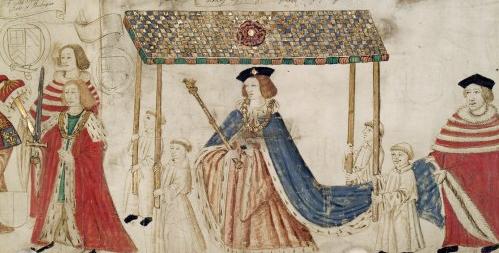(ii) Royal and princely courts: ancient, medieval and early modern

Royal courts as a theme offers an excellent opportunity for comparative history in terms of an institution that played a role in every sphere of the public life of the polity of which it was the heart. One of the aims of the course will be to establish the degree to which the court was indeed the centre of power and authority in a kingdom or empire, how it functioned, who was there and what happened at court. In many cases the court was the administrative centre; it was where foreign embassies were received; it was often the highest court of appeal in legal disputes; it dispensed political and social patronage, it could serve as a focus of culture and the patronage of learning and the arts - music, literature, painting, sculpture. The sources are immensely rich and varied and easily accessible. Not only is there a wealth of documentation relating to administration and diplomacy, but there are written and visual sources relating to court culture, and, at least from the medieval and early modern periods, recordings of the music from these courts and their chapels. There are still many buildings extant which could be studied or visited and archaeological sites with good excavation reports. Royal courts, furthermore, have come back into historiographical fashion, particularly in the spheres of both political and diplomatic history as well as cultural history, so there is now a wealth of interesting and sophisticated secondary material on which to draw.
The classes aim to provide a strong comparative base and address the problems of interpretation of the very great variety of source material. There is potentially a very wide choice of possible areas on which a long essay could be written and a sufficient wealth of sources for independent research to be done. It would also be possible for a student to tackle a court or courts not among those studied in the classes, dependingon appropriate advice being available. These might include most of the other countries of Europe, including Britain (e.g. Byzantium, Hungary, the Netherlands, Germany, France, Russia and the Easter Mediterranean and Middle East) throughout the period covered by this option. Thus for long essays it would be possible for someone to explore such topics as the organization of the royal household, the chancery and royal government, central administrative offices, palace buildings, court ceremonial, the receipt of ambassadors, the royal spy networks, women at court, the roles of the king/emperor/duke/sultan and their consorts, the royal family, royal concubines, aristocrats and courtiers, the Chapel royal, royal art collections, royal libraries, royal menageries, scholars, or religion at court.
L
This material is intended for current students but will be interesting to prospective students. It is indicative only.
